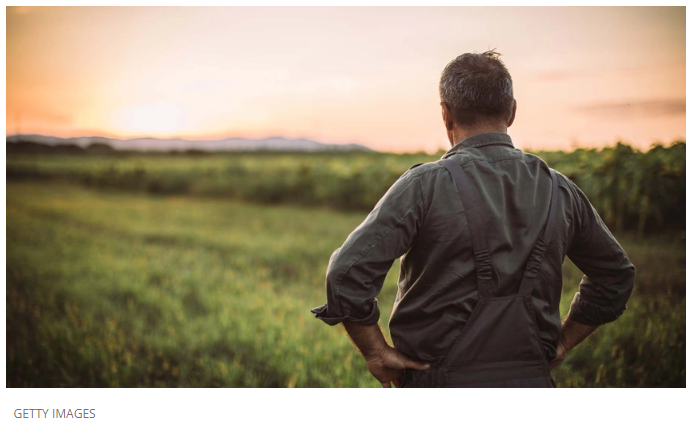Should I be worried about my bank?
FarmFutures
By Ben Potter
Three high-profile failures this spring have more than a few feeling jittery.

Bank failures are nothing new – the occasional one-off can happen even when the economy is cranking on all cylinders. But three high-profile dustups in March, including Silicon Valley Bank, First Republic Bank and Signature Bank, captured plenty of headlines, especially in an environment of high inflation, rising interest rates and the looming threat of a recession emerging.
Because the overall financial system is so interconnected, many view bank failures as a kind of “virus” that often has regulators intervening quickly. The goal is to stabilize those banks before customer fear jump-starts a run on other institutions. That’s exactly what happened with SVB, which was quickly taken over by the Federal Deposit Insurance Corporation before depositors pulled their money from other lenders.
Which begs the question – what is the likelihood this sort of thing could happen to agricultural lenders?
Jackson Takach, chief economist with Farmer Mac, argues that the risk is relatively low in the ag sector. That’s in part due to the nature of ag lending asset structures. Banks generally hold two types of assets: loans and debt securities. Debt securities tend to be things like U.S. Treasury bonds, mortgage-backed securities or investment securities. Loans were only 35% of SVB’s assets, and debt securities accounted for 56%. As interest rates rose, SVB’s practice of taking short term deposits and locking them into long-maturity debt eventually proved fatal.
In contrast, ag lenders have more than 60% of their assets as loans, which tends to create more stability.
“Another important differentiator in ag lending is the diversity of lender types,” Takach says. “Non-depository institutions like the Farm Credit System, life insurers, and Farmer Mac hold more than half of all farm debt. These financial institutions have different asset-liability dynamics and are less exposed to quick calls on liabilities like bank deposits.”
In the event that your ag lender would somehow fail, the impact to your operation would be a bit different than you might imagine.
“You wouldn’t be affected mechanically on your ability to operate your farm,” he says. “The relationship with your lender becomes your loss. Someone else would acquire the loan, and you’d pay them instead.”
The banking industry has always been in flux, Takach adds. Around 250 banks every year go away – but they didn’t fail, they merely merged.
As for cash deposits at any FDIC-insured institution, your deposits are protected up to $250,000 per depositor, per account in the event of a failure. Bank financial statements are also often available on the bank’s website or through the FDIC, allowing those interested to check in on its capital levels, liquidity and profitability.
The FDIC Call Center is a way to verify your deposits are protected: 877-ASK-FDIC. Accounts at credit unions are similarly insured through the National Credit Union Association. Click here to use their online resource.
And click here to learn more about the dissimilarities between SVB and ag lenders from Farmer Mac.
To view the full article, click here.



